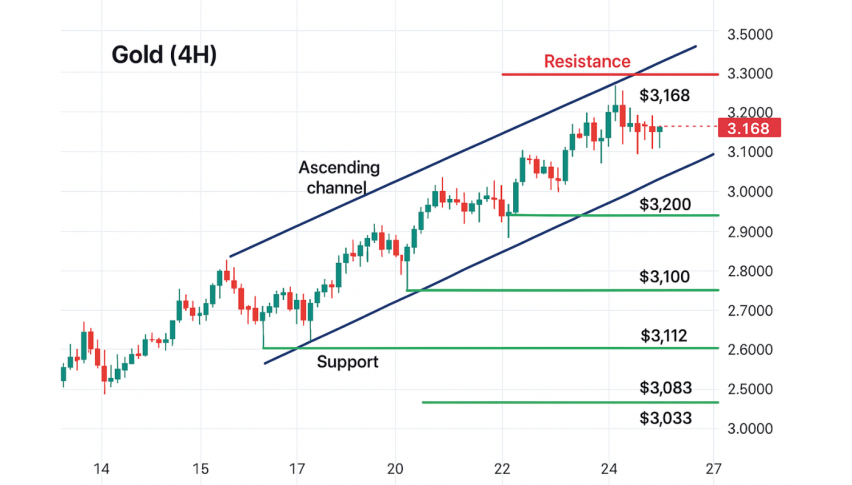ISM Manufacturing Prices Show Inflationary Pressures Again
In recent weeks the economic figures have been contradictory, with inflation not missing out. The CPI (consumer price index) number has been falling from the highs, but other inflation measures such as the core PCE price index and the GDP price index showed inflationary pressures for April in the reports released last week. Today, the US ISM manufacturing price index confirmed last week’s figures, despite ISM manufacturing still being in recession.
Following better-than-expected ISM manufacturing data, the USD reversed higher after a retreat in the European session. GBP/USD tumbled to a new session low and is now approaching the natural support level of 1.2500. The 38.2% retracement of the move up from the April 17 low is also near this level at 1.24951. Additionally, there is a swing area between 1.2495 and 1.2500 that dates back to April 12 to April 14. NZD/USD has also made a bearish reversal and it’s trading 50 pips lower from the highs at around 0.620, which missed our take profit target for the NZD/USD signal by 1 mere pip.
US April ISM Manufacturing Index

- ISM manufacturing PMI for April 47.1 versus 46.8 estimate
- March ISM manufacturing was
- Manufacturing PMI 47.1 versus 46.8 last month
- Prices paid 53.2 versus 49.0 estimated and 49.2 last month
- Employment 50.2 versus 46.9 last month
- New orders 45.7 versus 44.3 last month
- Production 48.9 versus 47.8 last month
- Supply deliveries 44.6 versus 44.8 last month
- Inventories 46.3 versus 47.5 last month
- Customer inventories 51.3 verse 48.9 last month
- Backlog of orders 43.1 versus 43.9 last month
- New export orders 49.8 versus 47.6 last month
- Imports 49.9 versus 47.9 last month
Highlights:
- Manufacturing sector contracts for sixth consecutive month
- Two of the six biggest manufacturing industries register growth: Petroleum & Coal Products and Transportation Equipment
- Five industries report growth, while 11 industries report contraction in April
- Prices still a problem. The index returned to expansion after one month in contraction. Price increases for foundational purchased materials like steel, copper, plastics, and diesel continue to put upward pressure on material costs. Four of the top six manufacturing industries reported price increases in April. In April, nine industries reported paying increased prices for raw materials, while seven industries reported paying decreased prices for raw materials.
Most important comments from respondents:
- Efforts to de-risk the supply chain due to COVID-19, reducing inventory, and concerns about electronic components [Computer & Electronic Products].
- Burning existing inventory and catching up on orders, employment steady, and possible Q3 improvement in business [Chemical Products].
- Pricing pressures and resistance to pass along pricing to end consumers, discounting being considered [Food, Beverage & Tobacco Products].
- Monitoring demand to detect negative trends in business [Transportation Equipment].
- Heavy customer inventory causing a slowdown in sales orders [Machinery].
- Faster deliveries and shorter lead times, potential build rate reductions in H2 2023 [Fabricated Metal Products].
- Strong business conditions with growing backlog due to supply chain constraints [Miscellaneous Manufacturing].
- Expecting soft business conditions for another two years [Electrical Equipment, Appliances & Components].
- Business picking up in automotive and construction industries [Plastics & Rubber Products].
- Uncertainty and contradictions in business conditions, making projections difficult [Primary Metals].
The US dollar has moved higher after the higher prices and inflation concerns. The 2-year yield is up about 8 basis points of 4.143%. The 10-year yield is up 7 basis points at 3.521%.



